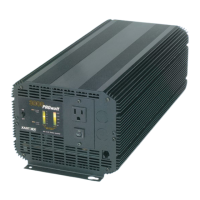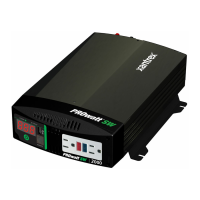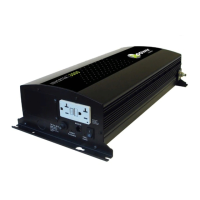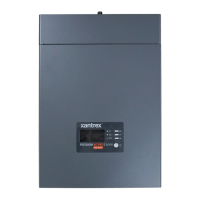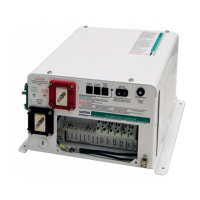APPENDIX C BATTERIES
445-0089-01-01
115
acid. If it contacts your skin, it will cause burns unless you rinse it off
immediately. Most textiles that are exposed to this corrosive eventually
dissolve.
The most common cause of battery system failure is loose or corroded battery
terminals and cable lugs. If any white powdery residue forms between the
battery cable lug and the battery terminal, remove the cable for cleaning.
When it is necessary to detach a battery cable from the battery, disconnect all
loads and charging sources. Using the appropriate tool, remove the Negative
battery cable first and re-install it last.
To remove any stubborn residue, sprinkle baking soda directly on the area,
scrub with a wet toothbrush (or other soft-bristle brush), add water as required,
and then rinse.
Reconnect the battery cable terminals to the battery lugs and tighten to
approximately 10–15 foot-pounds using the torque wrench. If you do not have
a torque wrench, use an appropriate tool to tighten the bolts reasonably snug.
Do not over-tighten.
After tightening the cables, evenly coat all the exposed metal surfaces of the
battery terminals and lugs with liquid neoprene. This will cure to form an
airtight protective layer. If liquid neoprene is not available, use a light coating
of white lithium grease or other sealant. Do not let anything come between the
mating surfaces of the lugs and terminals.
Cables
Inspect all battery cables for missing or damaged insulation or loose
connections. Inspect any openings that the cables pass through. All such
openings must be equipped with a rubber grommet or conduit to prevent
chafing on the cable. If necessary, replace worn grommets. If the cable
insulation is worn, replace the cable.

